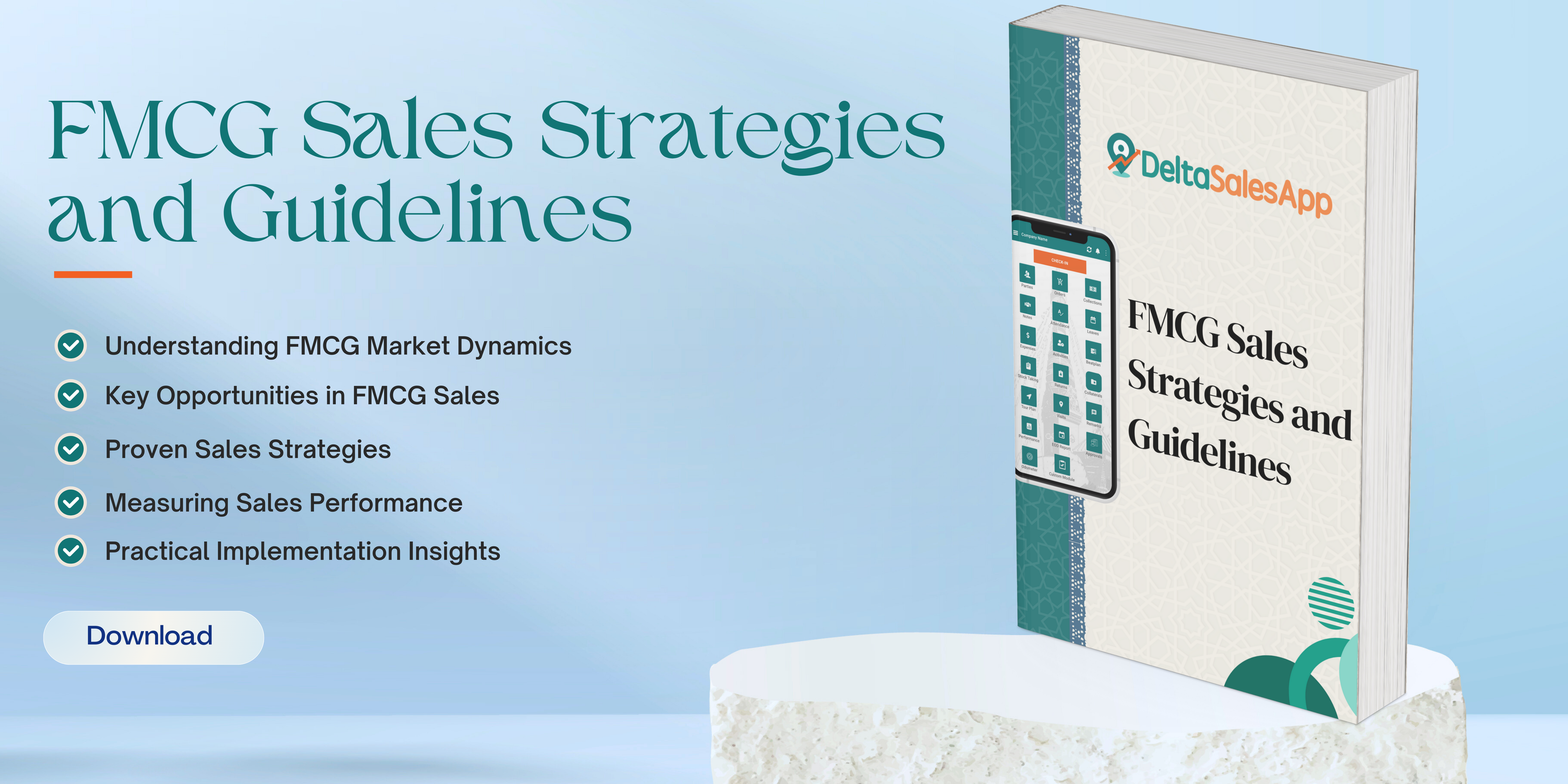Stock Aging
What is Stock ageing ?
Stock ageing refers to the process of tracking and analyzing the duration for which inventory remains in storage before being sold or used. It is a crucial aspect of inventory management, especially for businesses dealing with perishable goods, fast-moving consumer goods (FMCG), and seasonal products. Understanding stock ageing helps businesses optimize inventory turnover, reduce holding costs, and minimize losses due to obsolescence or spoilage.
Importance of Stock Ageing Analysis
Stock ageing analysis is essential for efficient inventory management. It helps businesses to:
Reduce Holding Costs: Keeping inventory for extended periods increases storage costs, insurance expenses, and risks of depreciation.
Enhance Cash Flow: Slow-moving stock ties up capital that could be used for other productive purposes.
Improve Sales Strategies: Identifying ageing stock helps businesses implement targeted sales strategies such as discounts, bundling, or promotions to clear old inventory.
Prevent Obsolescence and Waste: In industries like fashion and technology, products lose value quickly, necessitating timely stock clearance.
Comply with Regulations: Certain industries, such as pharmaceuticals and food, have strict expiry date regulations that make stock ageing management critical.
Methods of Stock Ageing Analysis
FIFO (First In, First Out): This method assumes that the oldest inventory is sold first, reducing the risk of obsolescence and ensuring fresh stock is available.
LIFO (Last In, First Out): Used in specific accounting practices, this method prioritizes selling the most recently acquired stock first.
ABC Analysis: Categorizing stock into three groups:
A: High-value, low-quantity items
B: Moderate-value, moderate-quantity items
C: Low-value, high-quantity items This helps businesses prioritize inventory monitoring and control.
Ageing Reports: Regularly generated reports categorize inventory based on the time it has been in stock (e.g., 0-30 days, 31-60 days, 61-90 days, etc.), helping businesses take timely action.
Challenges in Stock Ageing Management
Inaccurate Demand Forecasting: Misjudging demand can lead to overstocking or understocking.
Supply Chain Disruptions: Delays in procurement or distribution can increase inventory holding time.
Inefficient Warehouse Management: Poorly organized warehouses lead to stock being misplaced or forgotten.
Lack of Inventory Visibility: Without proper tracking systems, businesses may not realize when stock is ageing beyond acceptable limits.
Strategies to Manage Stock Ageing Effectively
Implement Inventory Management Software: Automated systems provide real-time tracking and alert businesses about slow-moving stock.
Regular Stock Audits: Conducting frequent audits ensures accuracy in stock records and helps identify ageing inventory.
Improve Demand Forecasting: Using data analytics and market trends to predict demand more accurately reduces overstocking.
Optimize Procurement Practices: Purchasing in smaller, more frequent batches can prevent stockpiling.
Enhance Marketing Efforts: Offering discounts or promotions on ageing stock can improve turnover rates.
Adopt Just-In-Time (JIT) Inventory: This approach minimizes stock holding by aligning procurement closely with demand.
Conclusion
Stock ageing analysis is a vital component of inventory management that enables businesses to maintain efficient stock levels, reduce waste, and enhance profitability. By adopting modern inventory management techniques, companies can mitigate risks associated with ageing stock and optimize their supply chain operations. Regular monitoring and proactive management of stock ageing contribute to overall business efficiency and financial stability.






